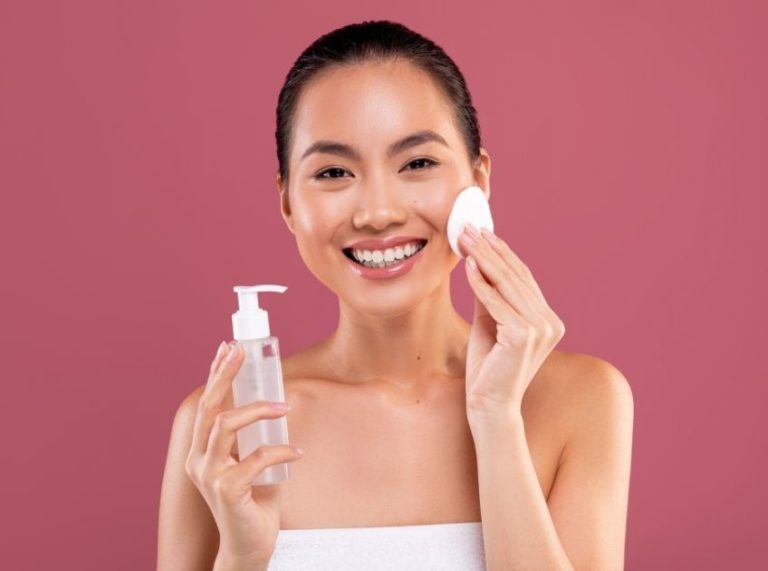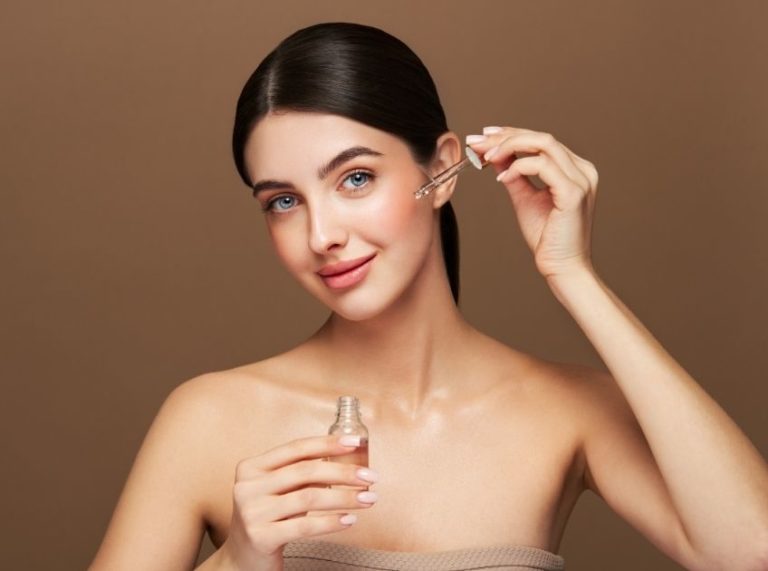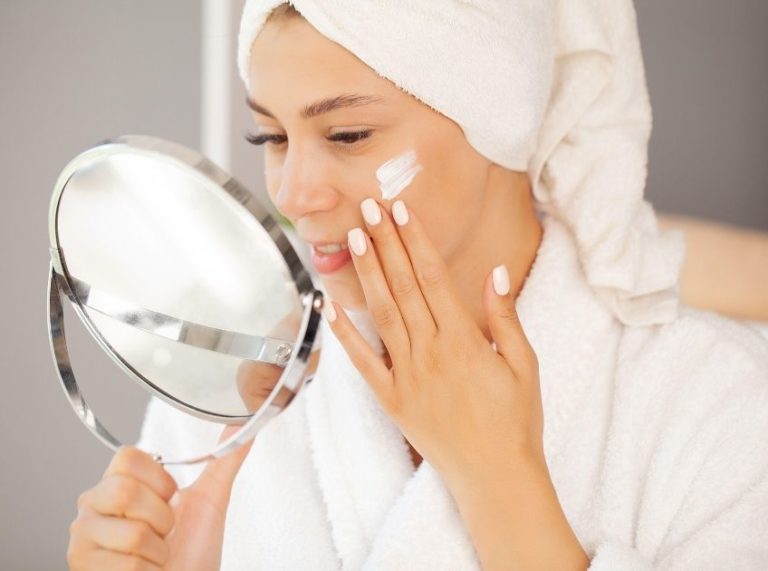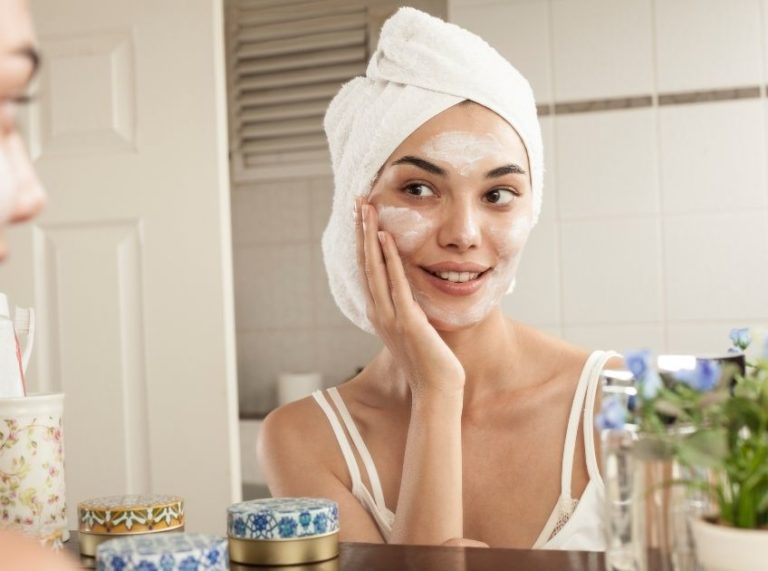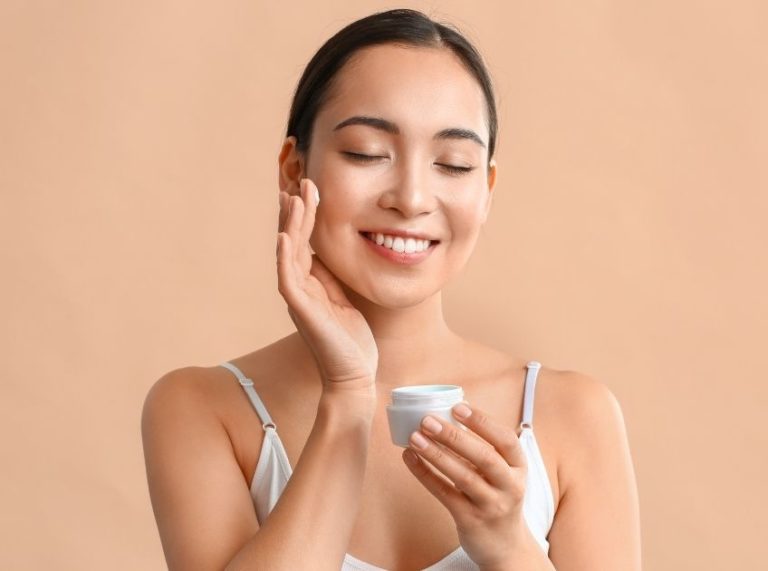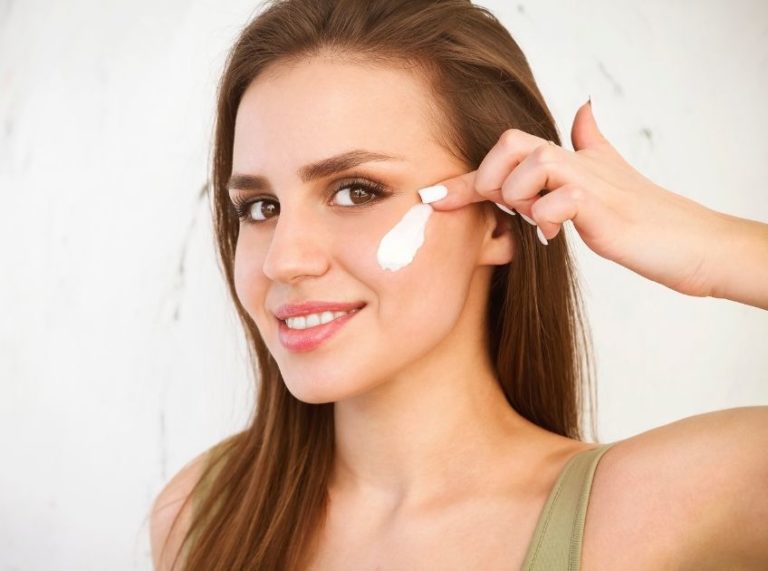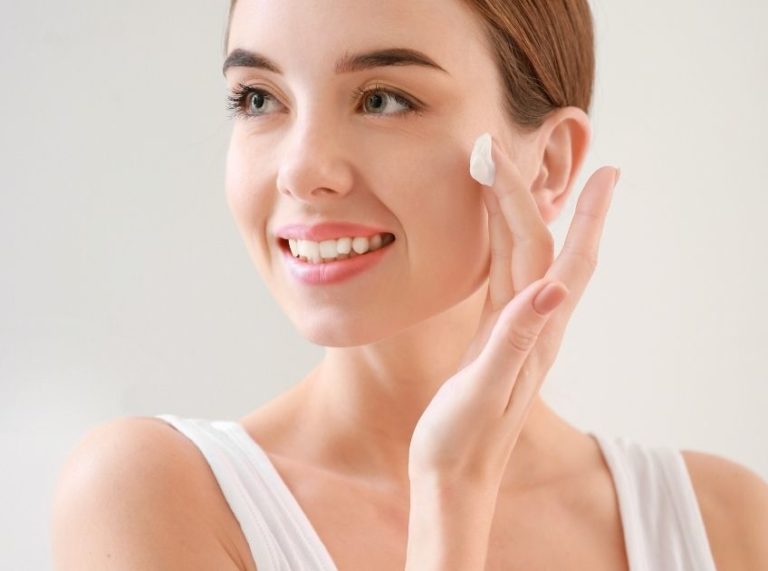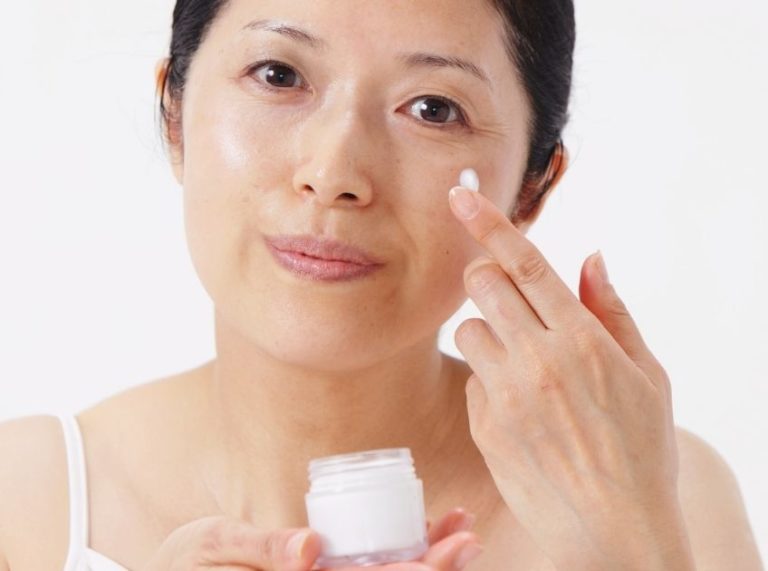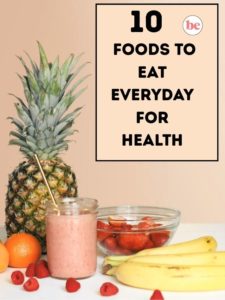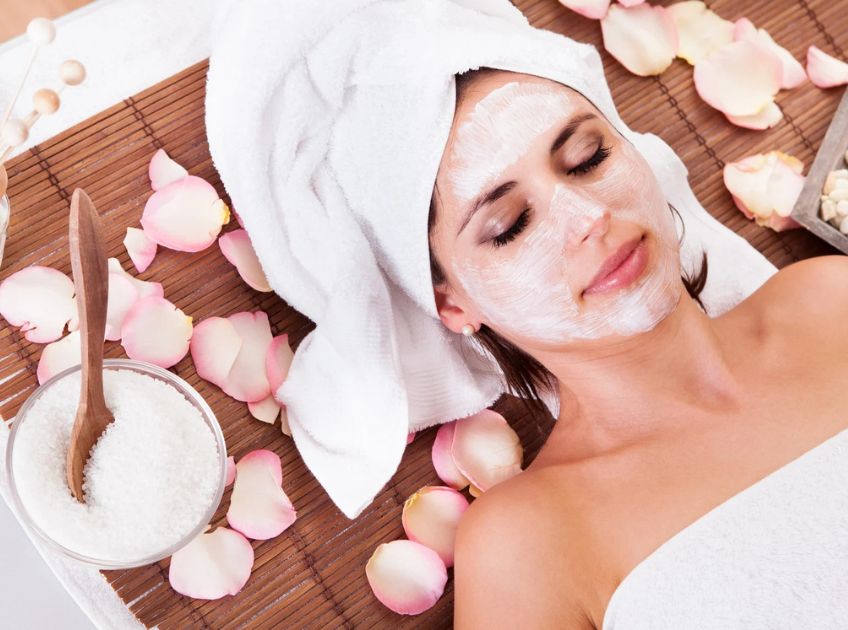
Important: This article is for informational purposes only. Please read our full disclaimer for more details.
If you’re dreaming of naturally glowing, healthy-looking skin, a homemade turmeric and yogurt face mask might be your new skincare hero. Turmeric, a golden spice (1) celebrated for centuries in Ayurvedic and Chinese medicine, is known for its anti-inflammatory, antibacterial, and brightening properties. Yogurt, rich in lactic acid and probiotics, gently exfoliates while nourishing the skin (2).
When combined, these two ingredients create a powerful yet gentle remedy that helps reduce dullness, fade blemishes, calm irritation, and leave your skin looking soft, smooth, and radiant — all without harsh chemicals.
In this blog, you’ll discover three expert-approved DIY turmeric and yogurt face mask recipes, learn the science behind their skin-loving benefits, and find answers to common skincare questions.
3 Turmeric & Yogurt Face Mask Recipes
1. Classic Turmeric & Yogurt Brightening Mask
Best for: Dull skin, uneven skin tone, and natural glow enhancement
Ingredients
- 1 teaspoon turmeric powder
- 2 tablespoons plain yogurt
- 1 teaspoon raw honey (optional for extra hydration)
How to Use
- In a clean bowl, combine turmeric, yogurt, and honey (if using) into a smooth paste.
- Apply evenly to your face and neck using clean fingers or a brush.
- Leave the mask on for 10–15 minutes — avoid keeping it longer as turmeric may stain.
- Rinse gently with lukewarm water and pat dry.
- Finish with a light moisturizer for best results.
Why It Works
- Turmeric contains curcumin, a compound with anti-inflammatory and antioxidant properties that help reduce redness and brighten skin.
- Yogurt provides lactic acid, which gently exfoliates dead skin cells, making skin look smoother and fresher.
- Honey acts as a natural humectant and antibacterial agent, locking in moisture and soothing irritation.
Pro Tip: Use a mild facial cleanser after rinsing to remove any turmeric stains.
2. Turmeric, Yogurt & Oatmeal Soothing Mask
Best for: Sensitive skin, redness, and mild irritation
Ingredients
- 1 teaspoon turmeric powder
- 2 tablespoons plain yogurt
- 1 tablespoon colloidal oatmeal (finely ground oats)
How to Use
- Mix all ingredients in a bowl until you get a creamy paste.
- Apply gently to your face without scrubbing.
- Leave on for 15 minutes and rinse off with cool water.
- Pat dry and follow up with a calming moisturizer.
Why It Works
- Oatmeal is rich in beta-glucans and avenanthramides, compounds known to calm inflammation and reduce irritation.
- When paired with turmeric and yogurt, this mask hydrates, soothes, and evens out skin tone while minimizing redness.
Pro Tip: Ideal for people with sensitive or rosacea-prone skin who want a gentle glow without irritation.
3. Turmeric, Yogurt & Lemon Glow-Boosting Mask
Best for: Hyperpigmentation, dark spots, and uneven skin tone
Ingredients
- 1 teaspoon turmeric powder
- 2 tablespoons plain yogurt
- ½ teaspoon fresh lemon juice
How to Use
- Mix turmeric, yogurt, and lemon juice into a smooth consistency.
- Apply evenly to affected areas or your entire face.
- Leave on for 8–10 minutes (avoid exceeding this to prevent irritation).
- Rinse thoroughly with cold water and moisturize.
Why It Works
- Lemon juice contains natural vitamin C, which helps lighten dark spots and boost collagen production.
- Combined with turmeric’s brightening effects and yogurt’s gentle exfoliation, this mask gives your skin a fresh, luminous glow.
Pro Tip: If you have sensitive skin, dilute the lemon juice or skip it entirely to avoid stinging.
4. The Science Behind Turmeric & Yogurt for Glowing Skin
Several studies highlight the skin benefits of these ingredients:
- Turmeric (Curcumin): Research published in the Journal of Clinical and Aesthetic Dermatology found that turmeric’s active compound curcumin reduces oxidative stress, fights inflammation, and helps improve overall skin tone (3).
- Yogurt (Lactic Acid): According to a study in the International Journal of Dermatology, lactic acid promotes mild exfoliation, enhances skin hydration, and improves smoothness (2)(4).
- Honey & Oatmeal (Optional Add-ons): Both are supported by dermatological studies for their anti-inflammatory, hydrating, and soothing properties (5)(6), making them excellent complements to turmeric and yogurt.
This scientific backing ensures you’re not just following a home remedy trend — you’re using ingredients proven to benefit skin health.
Frequently Asked Questions (FAQ’S)
1. How often should I use a turmeric and yogurt mask?
A. For best results, apply the mask 2–3 times per week. Overusing turmeric may cause dryness or staining, so moderation is key.
2. Will turmeric stain my skin permanently?
A. No, but turmeric can leave a temporary yellow tint. To avoid staining, always use a small amount of turmeric and wash it off thoroughly. A mild cleanser afterward helps.
3. Can I use Greek yogurt instead of regular yogurt?
A. Yes! Greek yogurt is thicker and richer in probiotics, making it a great choice for hydration and improved skin texture. Just ensure it’s unsweetened and plain.
Final Thoughts
A homemade turmeric and yogurt face mask is an easy, affordable, and dermatologist-approved way to achieve naturally glowing, healthy skin. Whether you want to brighten dullness, reduce redness, or fade blemishes, these simple DIY recipes harness the power of nature to restore your skin’s radiance.
